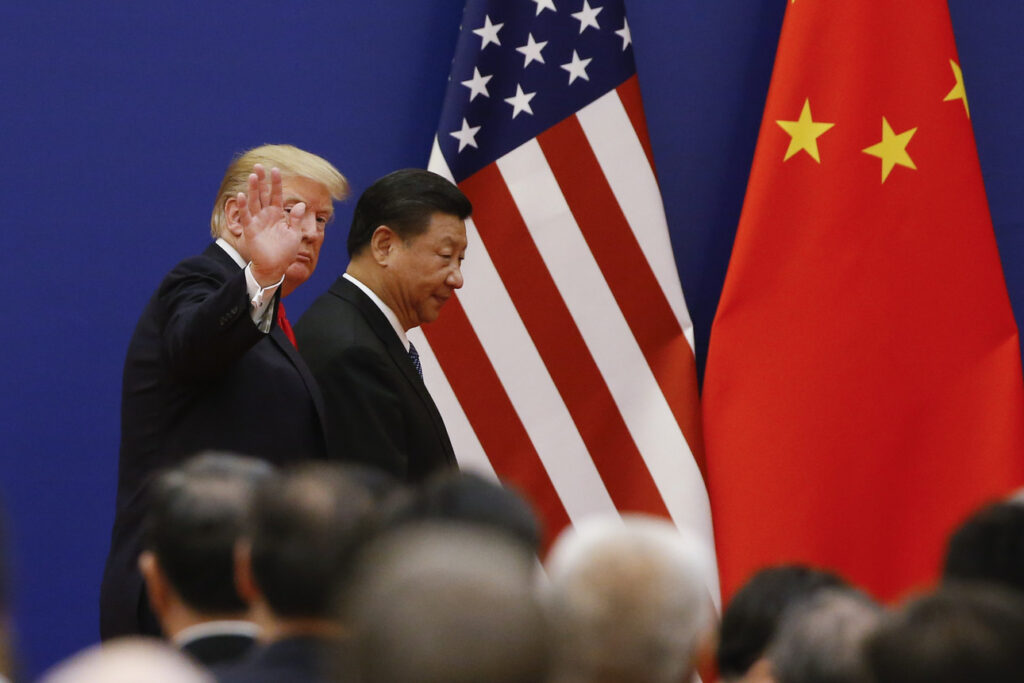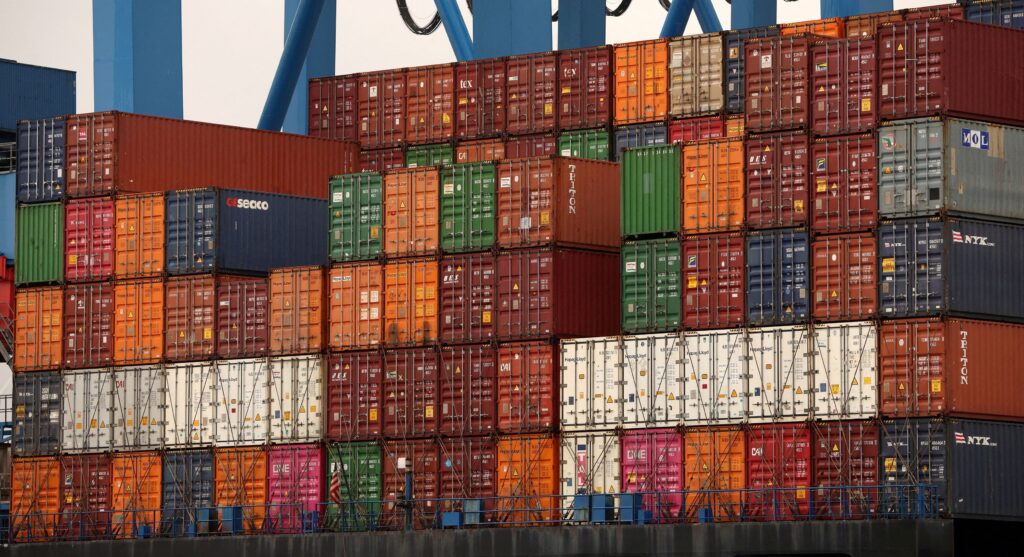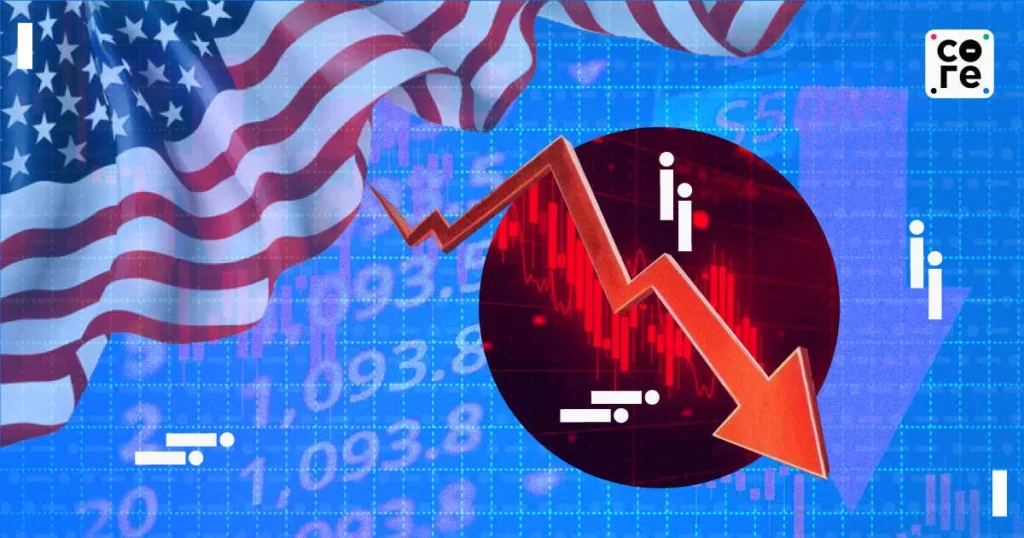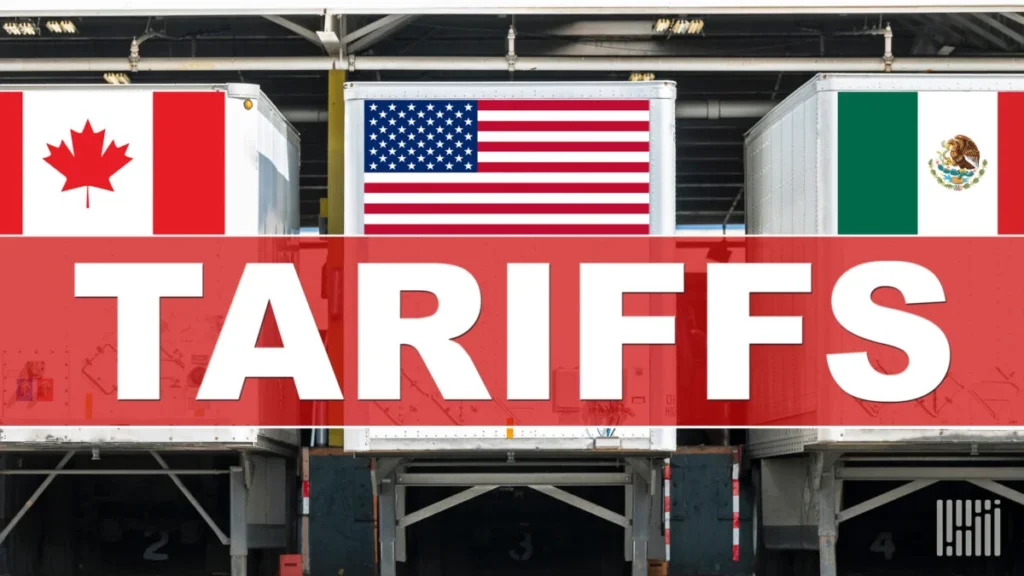
In a bold move that has reignited global trade tensions, China has announced new tariffs on U.S. products, directly responding to former President Donald Trump’s recent trade policies. This latest escalation in the ongoing economic rivalry between the two superpowers has sent shockwaves through international markets, raising concerns about the future of global trade and economic stability.
What’s Behind China’s New Tariffs?

The new tariffs imposed by China target a range of U.S. goods, including agricultural products, chemicals, and machinery. This decision comes as a direct retaliation to the Trump administration’s recent increase in duties on Chinese imports. The move underscores the deepening rift between the two nations, which has been a defining feature of global trade dynamics in recent years.
Analysts suggest that China is leveraging these tariffs not only as a retaliatory measure but also as a strategic tool to assert its economic influence on the global stage. The timing of the announcement is particularly significant, as it coincides with growing geopolitical tensions and a shifting global economic landscape.
Impact on U.S. Industries
The new tariffs are expected to hit several key U.S. industries hard. Farmers, manufacturers, and exporters are likely to bear the brunt of the increased costs, which could lead to higher prices for consumers and reduced competitiveness in international markets.

For instance, the U.S. agricultural sector, which has already been struggling with declining exports to China, could face further challenges. Similarly, industries reliant on chemical and machinery exports may experience significant disruptions, potentially leading to job losses and economic slowdowns in affected regions.
Global Market Reactions

The announcement of new tariffs by China has sparked volatility in global financial markets. Stock markets in the U.S., Europe, and Asia have experienced fluctuations as investors grapple with the uncertainty surrounding the escalating trade war.
Commodity prices, particularly for agricultural products, have also been affected. The uncertainty has led to a cautious approach among businesses, with many delaying investments and expansion plans until the situation becomes clearer.
A History of Trade Tensions
The latest round of tariffs is just the latest chapter in the long-standing trade dispute between the U.S. and China. The conflict began in 2018 when the Trump administration imposed sweeping tariffs on Chinese goods, citing unfair trade practices and intellectual property theft.
The Biden administration faces a delicate balancing act as it navigates the complex dynamics of this relationship. On one hand, there is pressure to protect U.S. industries and workers; on the other, there is a need to avoid further destabilizing the global economy.
The Broader Implications

The ongoing trade dispute between the U.S. and China has far-reaching implications beyond the two nations. It has disrupted global supply chains, altered trade patterns, and created uncertainty for businesses and consumers worldwide.
Moreover, the conflict has highlighted the growing divide between the two economic superpowers, with each seeking to assert its dominance in an increasingly multipolar world. The new tariffs are a stark reminder of the high stakes involved in this geopolitical rivalry.
Final Thoughts
The latest escalation in the U.S.-China trade war underscores the fragility of global economic relations. As China imposes new tariffs on U.S. products, the world watches closely, aware of the potential consequences for international trade and economic stability.
For now, businesses and consumers must brace for the impact of these measures, while policymakers work to find a path toward resolution. One thing is clear: the stakes have never been higher.
FAQs
1. What products are affected by China’s new tariffs?
The new tariffs target a range of U.S. goods, including agricultural products, chemicals, and machinery.
2. How will these tariffs impact U.S. industries?
U.S. industries, particularly agriculture and manufacturing, are likely to face increased costs, reduced exports, and potential job losses.
3. Why did China impose these tariffs?
China imposed the tariffs in retaliation to the Trump administration’s recent increase in duties on Chinese imports.
4. How have global markets reacted to the news?
Global markets have experienced volatility, with stock prices fluctuating and commodity prices affected by the uncertainty.
5. What is the history of U.S.-China trade tensions?
The trade conflict began in 2018 when the U.S. imposed tariffs on Chinese goods, leading to a series of retaliatory measures from both sides.
6. What are the broader implications of this trade war?
The conflict has disrupted global supply chains, altered trade patterns, and created uncertainty for businesses and consumers worldwide.
7. What’s next for U.S.-China relations?
The future remains uncertain, with potential for further escalation or a return to negotiations, depending on how both nations navigate the situation.

2 thoughts on “China Strikes Back: New Tariffs on U.S. Products Escalate Trade Tensions”